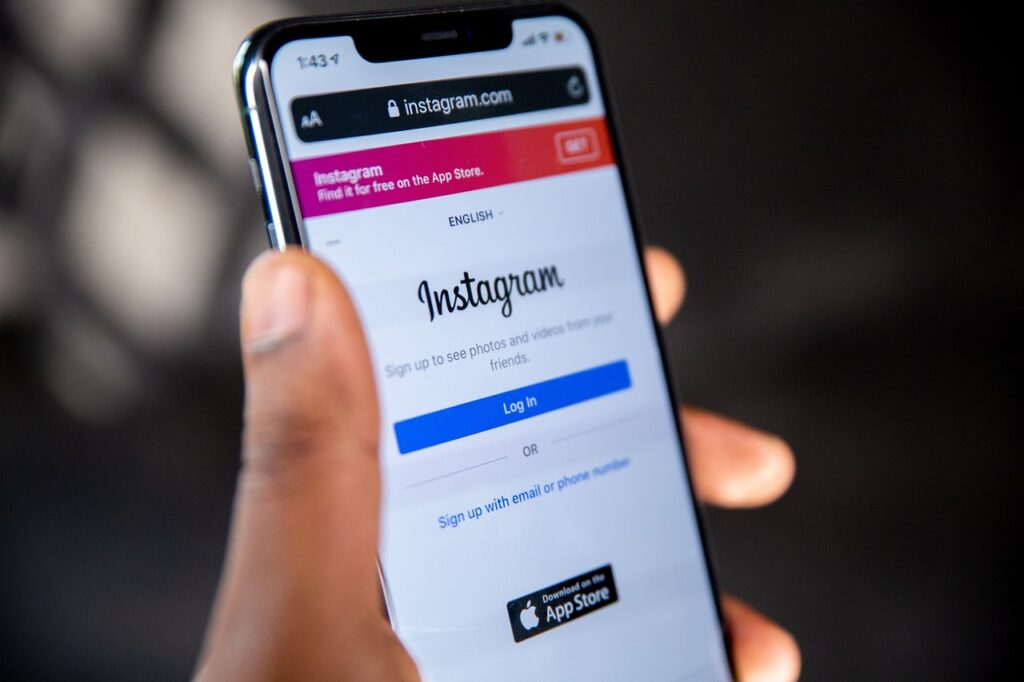Social media platforms aren’t just for influencers and viral cat videos. For exporters, they’re powerful tools that can transform your business from a regional player to a global contender. Whether it’s building connections with international buyers on LinkedIn or visually showcasing your products on Instagram, social media bridges the gap between your business and the world.
In this guide, we’ll explore actionable tips for leveraging LinkedIn and Instagram to grow your export business, connect with international clients, and tell your unique story in the ever-competitive global marketplace.
1. LinkedIn: Your Digital Trade Show Booth

If LinkedIn were a person, it would be that well-dressed, highly connected professional who always knows the right people to introduce you to. For exporters, LinkedIn is the go-to platform for building B2B relationships, finding trade partners, and establishing authority in your industry.
How to Use LinkedIn Effectively:
- Create a Professional Company Page:
Your company page is your online business card. Use it to showcase what you export, your unique value proposition, and your success stories (when applicable). Ensure your page includes:- A professional logo and banner image
- A compelling “About Us” section that highlights your expertise and offerings
- Regular updates, such as market insights, product launches, or trade tips
- Connect with Decision-Makers:
LinkedIn is full of potential buyers, suppliers, and trade partners. Use the search function to find professionals in your target industries and countries. When sending connection requests, include a personalized message introducing yourself and explaining how you can collaborate. - Engage with Groups:
Join export-related groups like “Global Trade Professionals” or “Exporters Network.” Share your insights, participate in discussions, and subtly showcase your expertise. For example, a post like, “Top Trends in Non-Oil Exports from Nigeria,” can spark interest and attract connections. - Publish Thought Leadership Content:
Post articles or updates about industry trends, export challenges, or market opportunities. A post titled “How African Cashews Are Meeting Global Demand” with eye-catching visuals can position you as an industry leader.
Suggested Content: A video of your production process or a behind-the-scenes look at how you ensure quality control.
2. Instagram: Your Visual Storytelling Platform

Instagram is like the vibrant, colorful marketplace of social media. It’s where exporters can tell their brand story visually and connect with clients emotionally. People love stories, and Instagram’s photo and video-centric format makes it the perfect platform to showcase your products and processes.
How to Use Instagram Effectively:
- Create a Consistent Brand Aesthetic:
Decide on a color scheme, tone, and overall look that reflects your brand. If you export shea butter, for example, your Instagram feed could feature earthy tones, soft lighting, and images of raw materials, finished products, and happy customers. - Use Instagram Stories and Reels:
Stories and Reels offer dynamic ways to showcase your business. Use Stories to post quick updates, such as “Shea butter shipment on its way to Europe!” Reels are great for 30–60-second videos that highlight processes like harvesting, packaging, or even testimonials from happy clients. - Leverage Hashtags Strategically:
Hashtags increase discoverability. Use a mix of industry-specific hashtags (#ExportTribe, #NonOilExports) and popular ones (#MadeInNigeria, #GlobalTrade). Don’t overdo it—stick to 8–12 relevant hashtags per post. - Collaborate with Influencers:
Partner with influencers in your target markets. For instance, a health and wellness influencer in Germany could showcase your organic sesame seeds, reaching thousands of potential buyers in an authentic way. - Engage Your Audience:
Respond to comments, answer DMs, and encourage conversations. For instance, if someone asks, “What makes your cocoa beans better?” respond with a detailed answer that showcases your commitment to quality.
Suggested Content: A time-lapse video of workers packaging your products or a carousel post explaining how your product benefits the buyer.
3. Tips for Using Both Platforms in Tandem
Why choose between LinkedIn and Instagram when you can use both? Each platform serves a different purpose, and together, they create a holistic social media marketing strategy.
Here’s How to Combine Them:
- Start the Conversation on Instagram, Close the Deal on LinkedIn:
Use Instagram to attract attention with visuals, then guide interested clients to LinkedIn for professional discussions. For example, a potential client might discover your brand through an Instagram post and later connect with you on LinkedIn to discuss business opportunities. - Promote Instagram on LinkedIn and Vice Versa:
Share your Instagram content on LinkedIn to showcase your creative side and link to your LinkedIn profile on your Instagram bio for those interested in detailed business discussions. - Share Testimonials and Success Stories Across Platforms:
Post a video testimonial from an international client on Instagram, and share it as a LinkedIn update with added context, such as how you overcame trade challenges.
Suggested Content: A side-by-side comparison of how LinkedIn and Instagram can target professional and visual audiences respectively.
4. Common Mistakes to Avoid
Even the best social media strategies can falter if you fall into these traps:
- Ignoring Analytics: Both platforms provide insights into what works and what doesn’t. Use these metrics to refine your strategy.
- Being Too Salesy: Focus on building relationships rather than hard selling. Share value through education and engagement.
- Neglecting Consistency: Posting sporadically makes your brand look inactive. Create a content calendar and stick to it.
Your Export Business, Amplified by Social Media
Social media isn’t just a trend; it’s a fundamental part of how global business is done today. By using LinkedIn and Instagram strategically, you can connect with international clients, showcase your unique offerings, and position yourself as a leader in your industry.
Remember, social media success doesn’t happen overnight. It takes consistent effort, creative storytelling, and genuine engagement. With these tips, you’re well on your way to turning likes, comments, and shares into meaningful business relationships.


